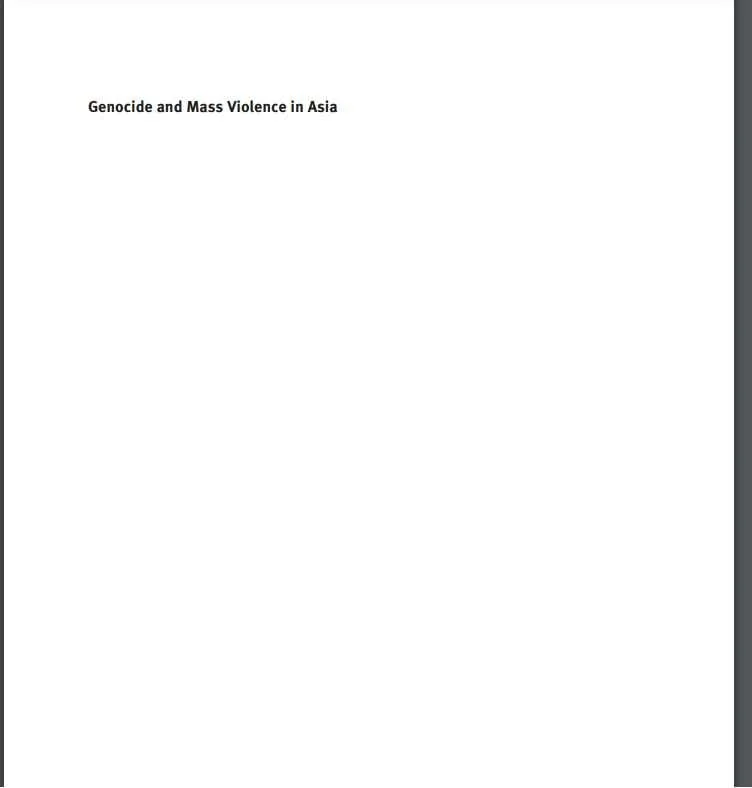Edited by Frank Jacob
The series Genocide and Mass Violence in the Age of Extremes wants to provide an interdisciplinary forum for research on mass violence and genocide during the "short" 20th century. It will highlight the role of state and non-state actors, the perspectives of perpetrators, victims, and bystanders, and put violent events of the Age of Extremes in a larger political, social, and most important, cultural context. Anthologies and monographs will provide academic and non-academic readers with a deep insight into and a better understanding for the reasons, the acts, and the consequences or mass violence and genocide from a global perspective. The late Nobel Peace Prize laureate and former General Secretary of the UN Kofi Annan (1938–2018) emphasized in his Nobel Lecture in 2001 that the “crime of all crimes” often begins with a single murder. This violent act does not only physically destroy a human being, but, as French philosopher Michel Foucault (1926–1984) highlighted, power relations are established and new mechanisms of power are eventually installed or fortified within a society.2 The 20th century in particular witnessed countless attempts to restructure such power relations and, as a whole, the years between the First World War and the end of the Cold War, i.e. the period Eric Hobsbawm (1917–2012) called the “Age of Extremes,”3 were perhaps, as Kofi Annan correctly further remarked, “the deadliest in human history, devastated by innumerable conflicts, untold suffering, and unimaginable crimes.”4 The century was determined by imperial wars, two World Wars, the Cold War, and new wars at its end.5 These were often accompanied by forms of mass violence, i.e. mass killings or genocides.6 German historian Christian Gerlach consequently speaks of “extremely violent societies” that determined the course of this “Age of Extremes.” Gerlach describes these “extremely violent societies” as formations where various population groups become victims of massive physical violence, in which, acting together with organs of the state, diverse social groups participate for a multitude of reasons. Simply put, the occurrence and the thrust of mass violence depends on broad and diverse support, but this is based on a variety of motives and interests that cause violence to spread in different directions and varying intensities and forms
Berlin ; Boston : De Gruyter Oldenbourg, 2019, 220p.








